George Wesley Bellows (1882-1925)
Get a George Wesley Bellows (1882-1925) Certificate of Authenticity for your painting (COA) for your George Wesley Bellows (1882-1925) drawing.
For all your George Wesley Bellows (1882-1925) artworks you need a Certificate of Authenticity (COA) in order to sell, to insure or to donate for a tax deduction.
Getting a George Wesley Bellows (1882-1925) Certificate of Authenticity (COA) is easy. Just send us photos and dimensions and tell us what you know about the origin or history of your George Wesley Bellows (1882-1925) painting or drawing.
If you want to sell your George Wesley Bellows (1882-1925) painting or drawing use our selling services. We offer George Wesley Bellows (1882-1925) selling help, selling advice, private treaty sales and full brokerage.
We have been authenticating George Wesley Bellows (1882-1925) and issuing certificates of authenticity since 2002. We are recognized George Wesley Bellows (1882-1925) experts and George Wesley Bellows (1882-1925) certified appraisers. We issue COAs and appraisals for all George Wesley Bellows (1882-1925) artworks.
Our George Wesley Bellows (1882-1925) paintings and drawings authentications are accepted and respected worldwide.
Each COA is backed by in-depth research and analysis authentication reports.
The George Wesley Bellows (1882-1925) certificates of authenticity we issue are based on solid, reliable and fully referenced art investigations, authentication research, analytical work and forensic studies.
We are available to examine your George Wesley Bellows (1882-1925) painting or drawing anywhere in the world.
You will generally receive your certificates of authenticity and authentication report within two weeks. Some complicated cases with difficult to research George Wesley Bellows (1882-1925) paintings or drawings take longer.
Our clients include George Wesley Bellows (1882-1925) collectors, investors, tax authorities, insurance adjusters, appraisers, valuers, auctioneers, Federal agencies and many law firms.
We perform George Wesley Bellows art authentication, appraisal, certificates of authenticity (COA), analysis, research, scientific tests, full art authentications. We will help you sell your George Wesley Bellows or we will sell it for you.
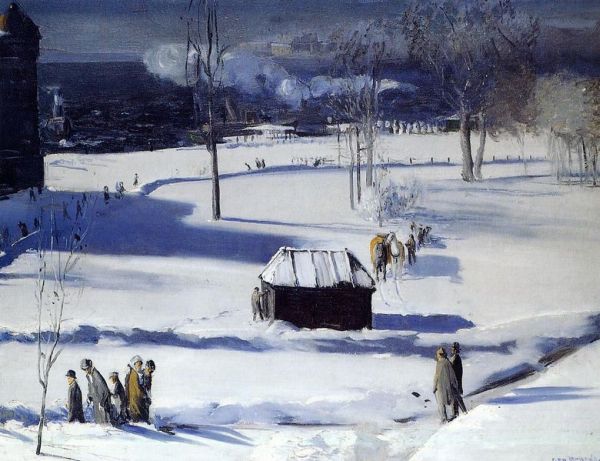

George Bellows was an American painter, known for his urban scenes of New York City. Bellows was born in Columbus, Ohio and studied at Ohio State University. As a student Bellows was a sportsman, encouraged to purse a career as a baseball player. While juggling academics and athletics, Bellows began to receive illustration assignments. It became clear to Bellows that he wanted to become a painter. Before graduating from Ohio State, Bellows moved to New York City to begin formal, artistic training.
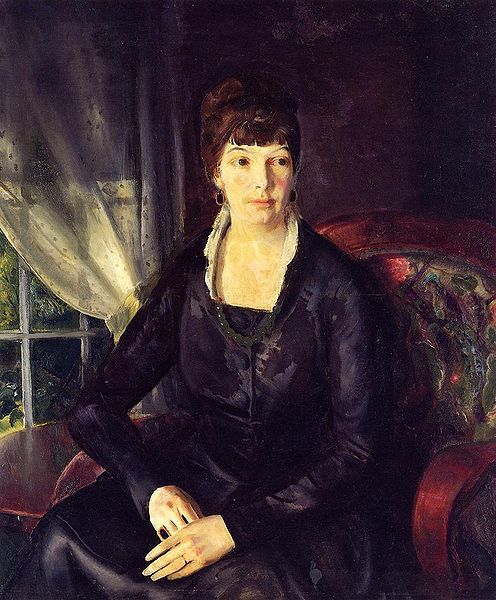

In New York Bellows studied at the New York School of Art under the instruction of Robert Henri and other members of the Ashcan School. Bellows showed incredible talent as a painter and was soon able to rent his own studio. Bellows started exhibiting with other descendents of the Ashcan School, who painted raw, urban life.

In 1909, Bellows agreed to teach at the Art Students League of New York, but continued to spend most of his time in his studio. While Bellows received mixed reviews from critics, most promoted his work on a national level.
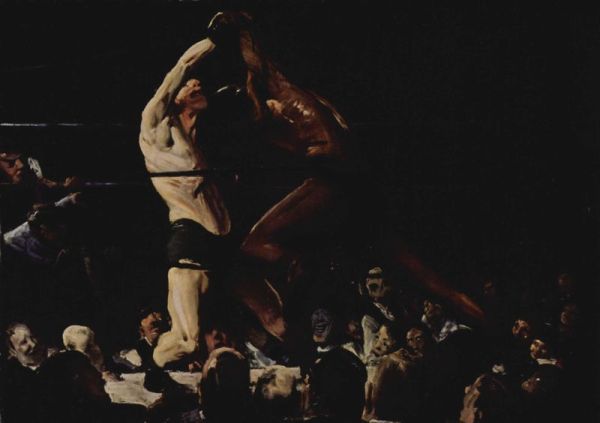
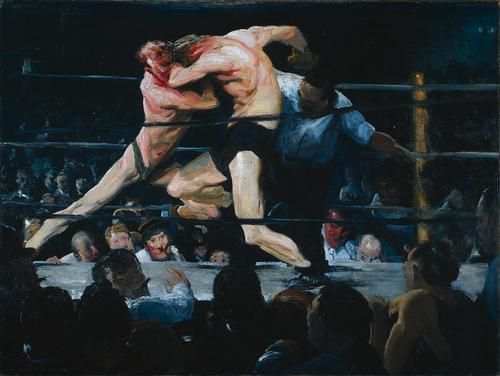

Bellows began to exhibit frequently, which fueled his studio productivity. Bellows’ paintings explored working-class neighborhoods in New York City, illustrating the difficulties of urban life, harsh winters and densely populated streets. In addition to Bellows’ winter scenes, he is well-known for his paintings of urban boxing matches. The boxing paintings have become iconic images in American visual culture.

As Bellows’ reputation grew, he began to receive portrait commissions from wealthy patrons. While Bellows was accepted by the mainstream, he associated with anarchist radicals known as the “Lyrical Left”. Bellows also contributed illustrations to a socialist journal, “The Masses”.
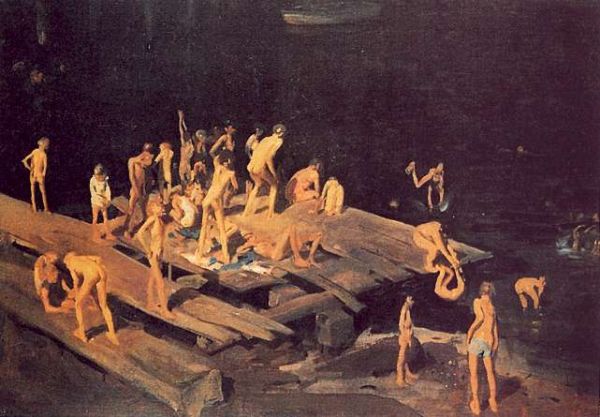
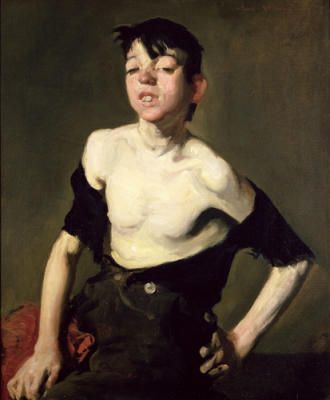
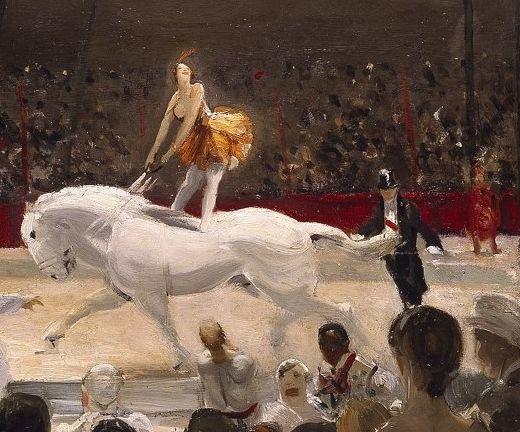
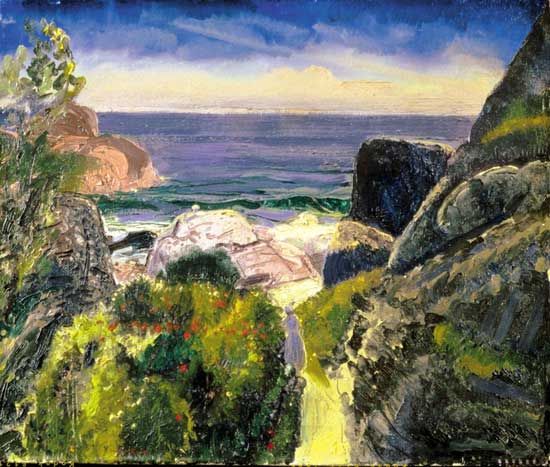

When the United States entered World War I, Bellows supported the military action and created a series of lithographs titled “The Germans Arrive”. In 1916 Bellows set up a lithography press in his studio and completed more than one hundred lithographs.
In Bellows’ later career he made frequent summer trips to Woodstock, New York and the Matinicus Islands in Maine, where he painted seascapes and landscapes. Bellows continued to exhibit and make cameo-teaching appearances in New York City and Chicago, until the end of his life.
Reviews
1,217 global ratings
5 Star
4 Star
3 Star
2 Star
1 Star
Your evaluation is very important to us. Thank you.
